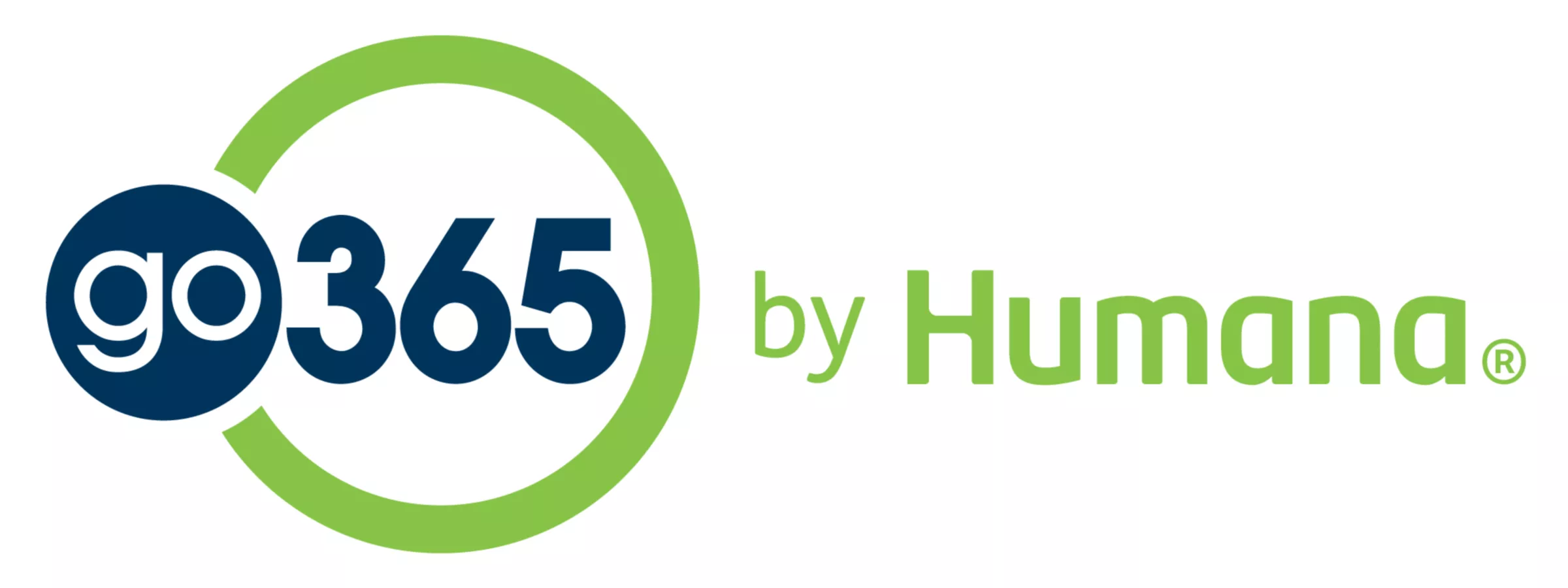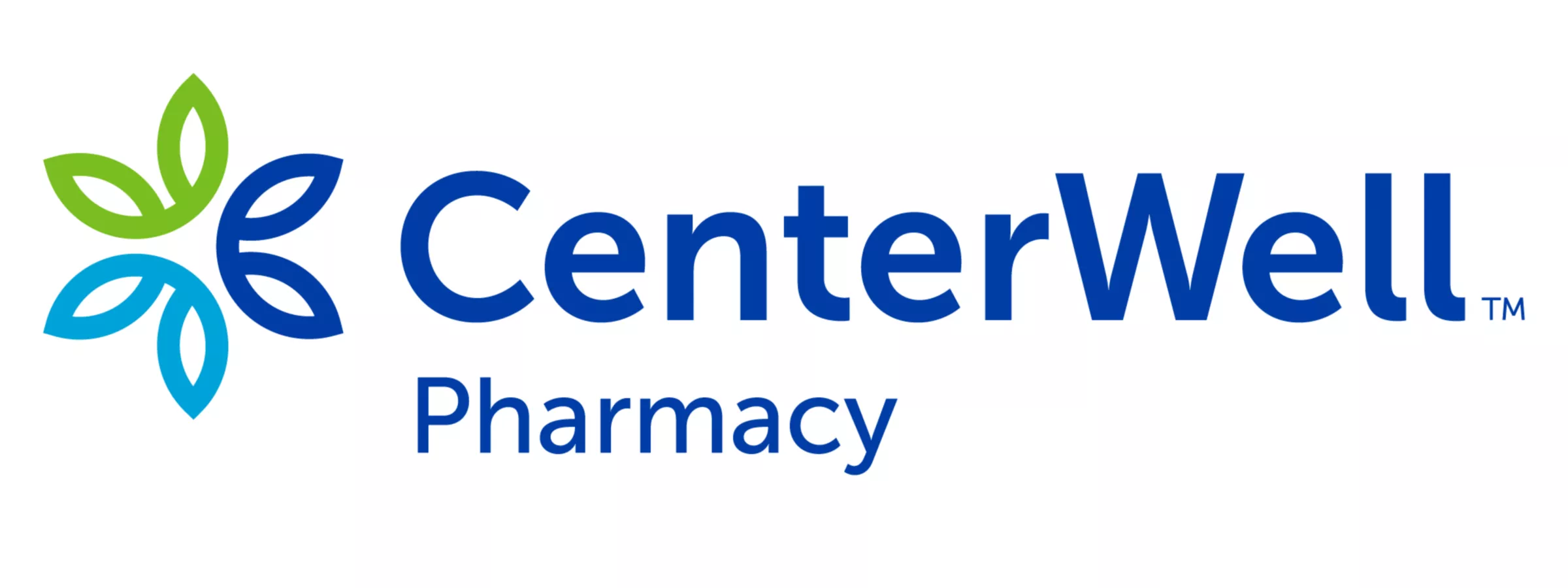With its commitment to quality care and deeper patient engagement, value-based care models deliver measurable improvements in medication adherence that benefit both patients and plan sponsors. With the right healthcare insurer, plan sponsors are better positioned to reap these rewards.
Ensuring members follow their doctor’s orders is a growing challenge for healthcare providers and plan sponsors alike. The slightest improvements in medication adherence can reduce out-of-pocket expenses for plan sponsors and significantly enhance patient outcomes. A value-based care (VBC) model can play a critical role. Here’s how.
What is medication adherence?
How consistently patients take their medications as prescribed, including dosages, time and frequency.
Why does it matter?
125,000
The number of American lives lost to poor medication adherence annually1
$300 billion a year
The approximate cost impact poor medication adherence has on the healthcare system, measured in additional medical appointments, emergency department visits and hospitalizations1
1 in 5
Patients who reported failure to fill a prescription in the past2
Common reasons for poor medication adherence:
Uncertainty around a medication’s effectiveness
Forgetfulness
Fear of side effects
Difficulty taking the medication
Lack of confidence in knowing how to manage a health condition
Being unsure of next steps after meeting with a doctor
The rising cost of prescription medications
Why VBC works
By shifting the focus of healthcare from volume to outcomes, VBC outperforms fee-for-service (FFS) in multiple preventive care and chronic care management quality measures, including medication adherence.
VBC versus non-VBC performance in medication adherence for:
Hypertension:
89% vs. 87%3
Diabetes medications:
86% vs. 84%3
Cholesterol (statins):
88% vs. 87%3
How plan sponsors can improve retirees’ medication adherence
- Inform members about the potential risks of non-adherence
- Raise awareness of wellness programs designed to support healthy lifestyles, such as SilverSneakers® or gym memberships
- Encourage enrollment in a Medication Therapy Management program
3 signs your GMA carrier supports medication adherence
The right healthcare insurer can play a pivotal role in encouraging retirees to follow doctor’s orders. Here are three signs your provider supports and encourages medication adherence:
-
sign 1
They offer refill reminders and assistance for retirees who might not be filling their medications on time, at no additional cost.
-
sign 2
They send retirees educational materials about the importance of adherence and recommendations to overcome potential barriers.
-
sign 3
They provide access to a retail or mail-order pharmacy. Humana’s CenterWell, for example, can ship medications directly to retirees.
FAQ: The potential risks of medication non-adherence
One way to encourage individuals to take their medications as prescribed is to educate them on what will happen if they don’t. Here’s a handy list to help plan sponsors communicate the potential risks of non-adherence to retirees.
Approximately 125,000 deaths per year in the United States are due to medication non-adherence.4
The total cost estimates for medication non-adherence range from $100 billion to $300 billion every year.3
Medication non-adherence accounts for a 17% increased risk of all-cause hospitalizations.5
Such as severe relapses, antibiotic resistance and hospitalizations.6
- American Heart Association. “Medication Adherence: Taking Your Meds as Directed.” American Heart Association, n.d., accessed March 13, 2025, https://www.heart.org/en/health-topics/consumer-healthcare/medication-information/medication-adherence-taking-your-meds-as-directed
- “Too Many Patients Aren’t Filling Their Prescriptions. Here’s How the Industry Can Change That.” FiercePharma, n.d. https://www.fiercepharma.com/sponsored/too-many-patients-arent-filling-their-prescriptions-heres-how-industry-can-change, accessed March 13, 2025.
- Humana. “Moving to Value-based Care.” Humana, n.d., accessed March 17, 2025, https://provider.humana.com/value-based-care
- Benjamin RM. “Medication adherence: helping patients take their medicines as directed.” Public Health Reports. 2012 Jan-Feb;127(1):2-3. doi: 10.1177/003335491212700102
- Conn, Clare, Sarah Tonkin, Chris Cullinan, Maria Carey, and Christine M. De Die. “The Association between Medication Non-Adherence and Health Outcomes in Older People: A Systematic Review and Meta-Analysis.” Journal of Clinical Pharmacy and Therapeutics 45, no. 1 (February 2020): 33-47. https://doi.org/10.1111/jcpt.13037.
- S. Vrijens, A. De Geest, B. Hughes, D. G. Dobbels, C. Van Tongelen, and T. Vlasses, “Determinants of medication adherence in patients: a systematic review of observational studies,” PMC, 2012, https://pmc.ncbi.nlm.nih.gov/articles/PMC3191684/


